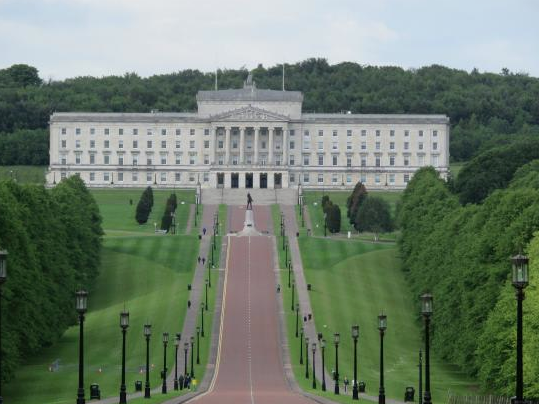
On March 2nd, the voting electorate of Northern Ireland provoked a political paradigm shift and dramatically cut the Unionist majority in Stormont. It marks a unique time with unique circumstances, and will raise massive challenges for the executive in the next five years.
But before that happens, the executive must iron out its creases.
How many more times have we to hear about “red lines” and “republican consensus” before cross community progress actually begins? By definition, Government’s main aim is to govern and serve the people that have appointed it. It seems that now, in 2017, the dysfunction of Stormont and the negligence of our political constitutions are clearer than ever.
Whether we like it or not, politics in Northern Ireland is a “Green Vs. Orange” issue, and the majority of the active voting electorate treat it as such. Sinn Fein returned to Stormont with one less seat than the DUP, who seen a ten seat reduction on the MLA’s they have. The SDLP also fared better than many expected, replacing the UUP as the third largest party in the Assembly. Many have been left wondering how this all happened and whether normality will ever resume.
The most popular three-letter abbreviation in Northern Ireland over the last five months surprisingly hasn’t been “IRA”, but “RHI”; The “Renewable Heating Incentive”, overseen by Arlene Foster, was exposed largely by former MLA and DUP Minister Jonathan Bell, who vowed to “tell the truth” about the misgivings of the scheme. The initiative is set to cost the taxpayer approximately £495 Million Pounds, and will inevitably force a halt to vital funding in vulnerable areas such as healthcare and legacy issues.
And whether we blame the implementation of the RHI Scheme ,“radical republican agenda”, the Irish Language, Brexit or hungry crocodiles for the collapse of our political institutions, the fact remains we’re left with a lot of rebuilding to do, and little optimism about the project’s desired results.
Secretary of State James Brokenshire has his work cut out for him. There’s no doubt about that. He’s already been walked out on by a Sinn Fein delegation, who’ve described their conversation with Mr. Brokenshire as “waffle, waffle and more waffle”. And although senior members of both Sinn Fein and DUP (Michelle O’Neill, Arlene Foster and John O’Dowd to mention a few) have claimed there are “no red lines” with regards to a return to devolution, there clearly are many key issues that need addressed.
 RED LINES: The key issues which both main political parties will demand action on (credit to “Nolan Live” for the image).
RED LINES: The key issues which both main political parties will demand action on (credit to “Nolan Live” for the image).
Per the Secretary of State, Sinn Fein and the DUP have three weeks to reach a deal and if a government cannot be formed within that time then under law, another election can be called. In turn, failure from Mr. Brokenshire to fully address these “red lines” will result in a deep political chasm being formed. Ultimately, if no power-sharing government is formed, Direct Rule can be enforced (for the first time in over a decade).
Whilst DUP leader Arlene Foster seen the election results as “a great day for Sinn Fein”, Sinn Fein leader Michelle O’Neill hailed the results as “a brilliant day for equality” and “a great day for democracy”. Both O’Neill and Foster are vital cogs to stabilising Northern Ireland’s political institutions, and the real gauge of how successful these elections are for the North of Ireland will come in whether or not professional, local politics can resume. Without local Government, direct rule is a certainty. And the one thing that’s for certain about Tory led, pro-austerity direct rule, is that nothing is for certain.